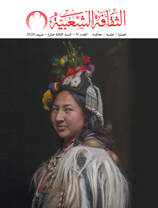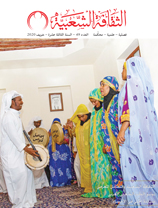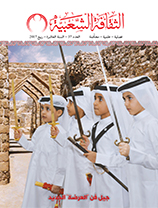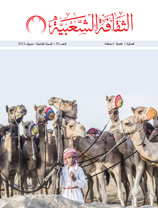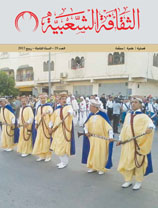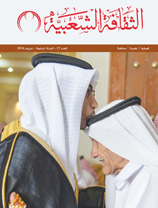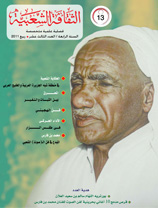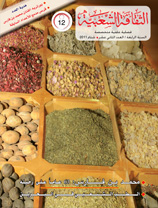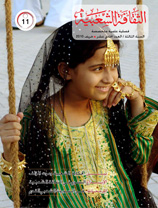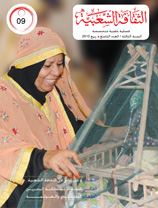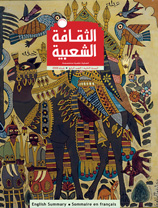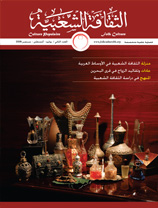Rhetorical Devices in The Tales of Sindbar In Judeo-Arabic A Study of Moroccan Texts
Issue 64

Prof. Faraj Qadri Al-Fakhrani
Egypt
Frame stories such as “One Thousand and One Nights” (known in the West as The Arabian Nights) and “The Tales of Sindbar” all have Jewish narrators, particularly Jews who lived in Islamic nations in the late Middle Ages and the Modern Era. These narrators were connecting two worlds: an inner Jewish culture and an open Arab one. They developed folk literary variants of the frame story.
We chose three literary versions in Judeo-Arabic, issued successively: “The Book of She'ashu'im, Livorno” (1868), “The Tale of the Seven Ministers in Tunisia” (1913), and “The Tragedy of Sindbar in Tunisia” (1948). These translations provide the material from which we can derive the rhetorical devices employed throughout the text.
Although the earliest printed copy of “The Tales of Sindbar” did not emerge until 1516 in Constantinople, manuscripts of the book in handwritten form date back far further in time. Natalie Weinstein (נטלי ווינשטיין) said that the earliest known copy of this book is in the Syriac language and dates back to the 10th century.
According to Yassif (עלי יסיף), the book was initially written in Sanskrit, then translated into Persian, and finally into Arabic. According to Al-Ghanmi, the book's origin is an Aramaic work that may have evolved in a Manichaean environment that drew from the Aramaic heritage and was supplemented with Indian and Greek components. Al-Ghanmi's analysis is based on narrative and centres around the ideas of asceticism and the avoidance of injuring animals, mixed with the acceptance of bodily pain in order to alleviate animal suffering.
Farahat, on the other hand, went to great lengths to link one of the book's versions, the Haberman version, to an Arabic source, “The Story of the Persian King with His Son, the Maidservant, and the Conversation of the Seven Ministers”. She notes that it was written in the 12th century and has fifty-six pages.
It is widely accepted that the name “The Tales of Sindbar” (משלי סנדבר) or “Tales of Sindbad” is one of the names given to Hebrew translations of a collection of folktales and stories composed in Eastern countries and later transferred to European lands where it was translated and widely circulated.
The book is also known as “The Stories of Sindbad” (משלי סנדבד). It is regarded as one of the chapbooks for which editions first appeared in the 16th century. These chapbooks were very popular among many European folk groups and were sold in dedicated stores. The collection of stories was revised several times, sometimes in poetry and sometimes in prose.
It would be justified to argue that the book substantially incorporates the content and form of non-official literature that was popular among diverse groups of Jewish people living in Arab nations during the time period concerned.
Hence, we conclude that, despite the Tales of Sindbar's non-Arab roots, copies developed in Arab and Islamic surroundings gained certain Arab cultural features, but these impacts are faint and hardly visible. That is why they are referred to as “rhetorical devices”. The content of the stories remained devoted to the overall framework of the tales across the explored texts, and the prevailing concepts appear to have remained consistent with the original or primary sources. The substance of the stories has not been lost; it has been retained in all versions included in this study.
















